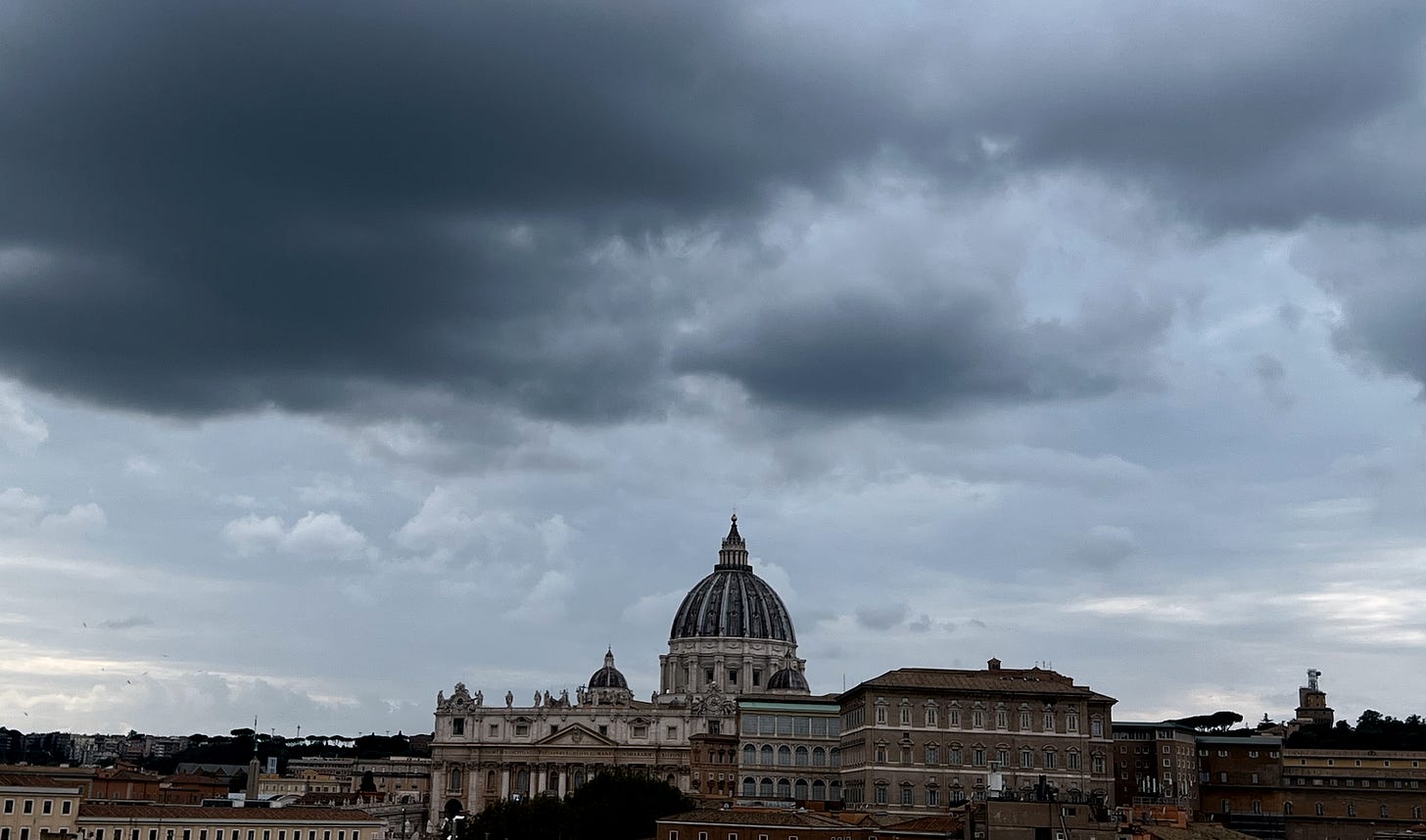What we know about the Príncipi case, and why it’s a scandal
At the Vatican, there are more questions than answers, and the possibilities are all bad
One month after an extraordinary attempt from the pope’s chief of staff to reinstate a laicized sexual abuser, questions remain about who in the Vatican did what in the case of Alberto Ariel Príncipi.
Despite those questions, the Holy See has offered no clear answers on why an order was issued by sostituto Archbishop Edgar Peña Parra which aimed to to re…

